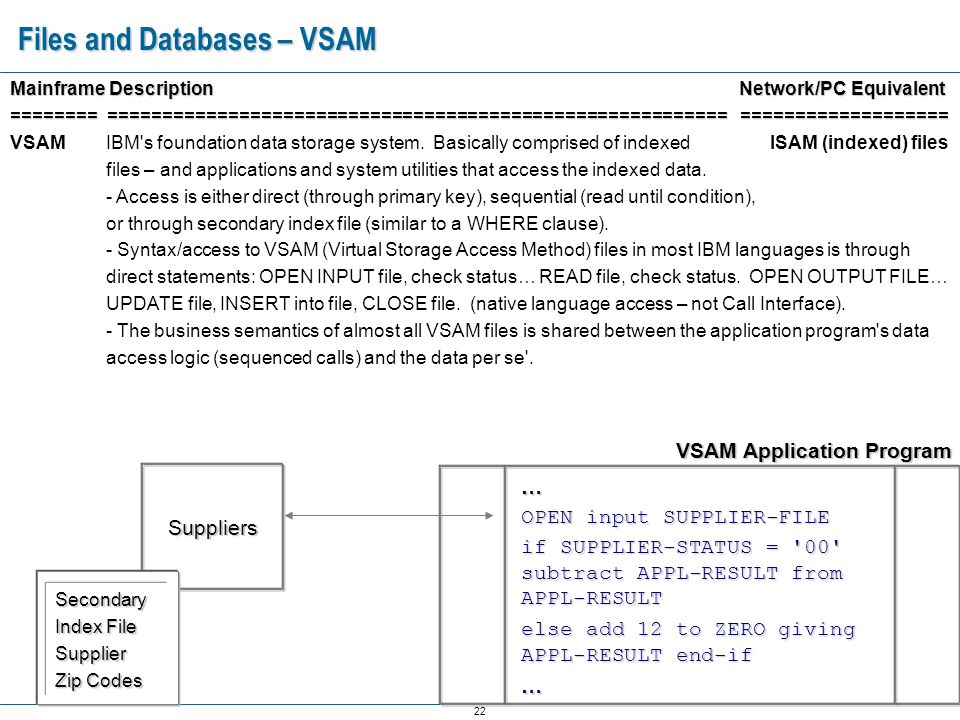Read Rrd File In Java

This page discusses the details of reading, writing, creating, and opening files. Roby Duke Not The Same Rar. There are a wide array of file I/O methods to choose from. To help make sense of the API, the following diagram arranges the file I/O methods by complexity. File I/O Methods Arranged from Less Complex to More Complex On the far left of the diagram are the utility methods readAllBytes, readAllLines, and the write methods, designed for simple, common cases. To the right of those are the methods used to iterate over a stream or lines of text, such as newBufferedReader, newBufferedWriter, then newInputStream and newOutputStream.
E5420 Wifi Drivers. These methods are interoperable with the java.io package. To the right of those are the methods for dealing with ByteChannels, SeekableByteChannels, and ByteBuffers, such as the newByteChannel method. Finally, on the far right are the methods that use FileChannel for advanced applications needing file locking or memory-mapped I/O. Note: The methods for creating a new file enable you to specify an optional set of initial attributes for the file. For example, on a file system that supports the POSIX set of standards (such as UNIX), you can specify a file owner, group owner, or file permissions at the time the file is created. The page explains file attributes, and how to access and set them. This page has the following topics: • • • • • • Several of the methods in this section take an optional OpenOptions parameter.
To transfer an RRD between architectures, follow these steps: 1. On the same system where the RRD was created, use rrdtool dump to export the data to XML format. I want to read some text data from a PDF file using Java. Please help me to do this. Any help is appreciated. How to read PDF files using Java?
This parameter is optional and the API tells you what the default behavior is for the method when none is specified. The following StandardOpenOptions enums are supported: • WRITE – Opens the file for write access. • APPEND – Appends the new data to the end of the file. This option is used with the WRITE or CREATE options. • TRUNCATE_EXISTING – Truncates the file to zero bytes. This option is used with the WRITE option. • CREATE_NEW – Creates a new file and throws an exception if the file already exists.
• CREATE – Opens the file if it exists or creates a new file if it does not. • DELETE_ON_CLOSE – Deletes the file when the stream is closed.
This option is useful for temporary files. • SPARSE – Hints that a newly created file will be sparse. This advanced option is honored on some file systems, such as NTFS, where large files with data 'gaps' can be stored in a more efficient manner where those empty gaps do not consume disk space. • SYNC – Keeps the file (both content and metadata) synchronized with the underlying storage device. • DSYNC – Keeps the file content synchronized with the underlying storage device.
If you have a small-ish file and you would like to read its entire contents in one pass, you can use the or method. These methods take care of most of the work for you, such as opening and closing the stream, but are not intended for handling large files.
The following code shows how to use the readAllBytes method. Note: The newByteChannel methods return an instance of a SeekableByteChannel. With a default file system, you can cast this seekable byte channel to a providing access to more advanced features such mapping a region of the file directly into memory for faster access, locking a region of the file so other processes cannot access it, or reading and writing bytes from an absolute position without affecting the channel's current position. Both newByteChannel methods enable you to specify a list of OpenOption options.
The same used by the newOutputStream methods are supported, in addition to one more option: READ is required because the SeekableByteChannel supports both reading and writing. Specifying READ opens the channel for reading.
Specifying WRITE or APPEND opens the channel for writing. If none of these options is specified, the channel is opened for reading. The following code snippet reads a file and prints it to standard output.